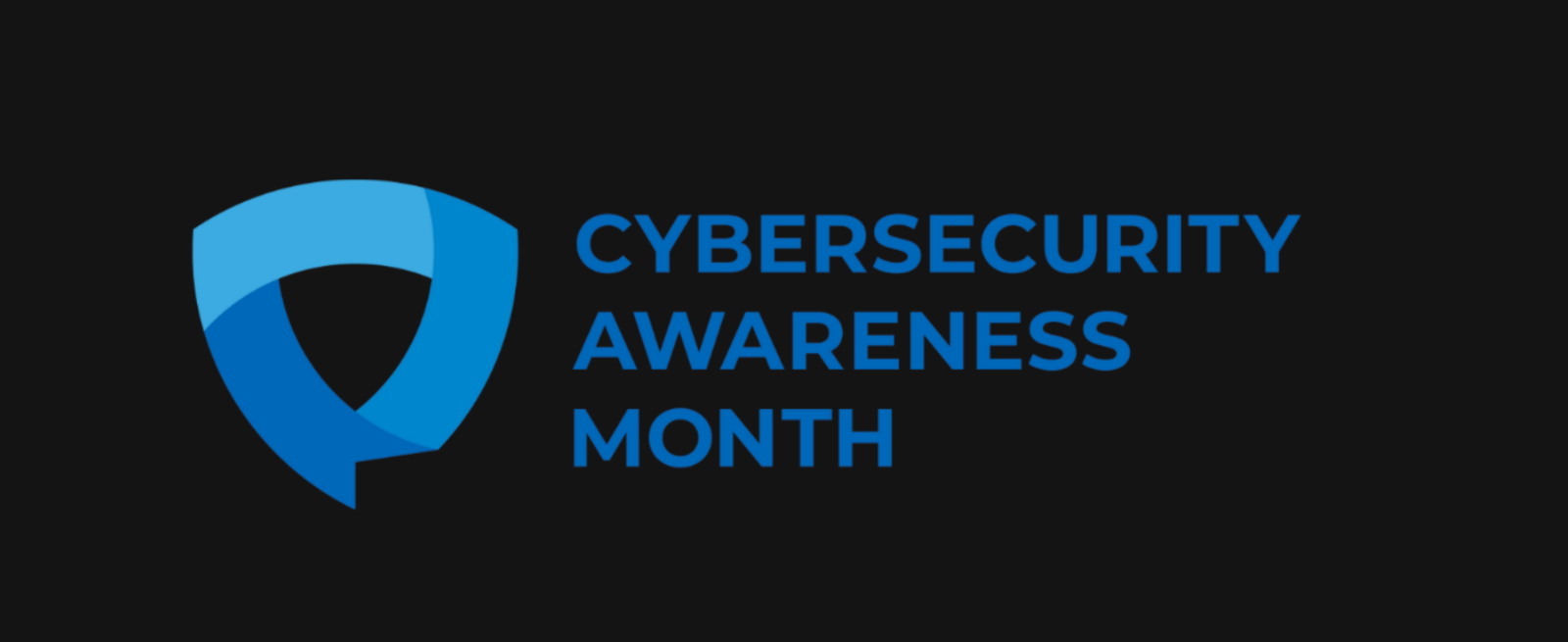
October is Cybersecurity Awareness Month: Tips to Protect Yourself and Your Organization

As we live more of our lives online, cybersecurity has become a key concern for everyone—whether you’re browsing the web at home, working remotely, or managing a business. Cyber threats are always evolving, and this Cybersecurity Awareness Month is a great time to brush up on the latest risks and learn how to protect yourself and your organization.
In this post, we’ll dive into the most common cybersecurity threats, share practical tips to keep your data safe, and offer a security review to help you make sure you’re taking the right steps. The goal? To make cybersecurity a little less intimidating and a lot more manageable.
What Are the Cybersecurity Threats You Should Know About?
The online world is a lot like the real world—there are good and bad actors. Cybercriminals are constantly coming up with new ways to steal your information, disrupt your work, or worse. Let’s look at some of the biggest threats we’re facing today.
Ransomware: Pay or Lose Your Data
Imagine turning on your computer and finding that all your files—photos, documents, even work files—are locked and someone is demanding money to unlock them. That’s ransomware in a nutshell. It’s a growing problem, with businesses and even everyday users falling victim.
How to protect yourself:
- Regularly back up your important files to an external drive or cloud service.
- Don’t click on links or download attachments from unfamiliar emails.
- Keep your software and antivirus programs up to date.
Phishing: Don’t Get Hooked
You’ve probably seen phishing attacks before. They’re the fake emails that look like they come from your bank, a coworker, or a popular service, asking you to click a link or enter your password. These attacks are getting harder to spot because they’re becoming more sophisticated.
How to spot phishing:
- Hover over links to see where they’re really going before you click.
- Be wary of emails asking for sensitive information (like passwords or credit card numbers).
- Double-check the sender’s email address—it may look off by just a letter or two.
Zero-Day Vulnerabilities: Attackers Get a Head Start
A zero-day vulnerability is a weakness in software that the developers don’t know about yet, meaning there’s no fix. Hackers love these because they can exploit them before anyone knows they exist. Once discovered, software companies work quickly to patch them, but there’s a window of time when you’re vulnerable.
What you can do:
- Use reputable antivirus software that can detect unusual behavior on your system.
- Keep your devices updated with the latest security patches and software updates.
Insider Threats: When Danger Comes from Within
Sometimes, the biggest risk comes from within an organization. Insider threats occur when someone with access to sensitive data—like an employee or contractor—misuses that access. This can happen intentionally or accidentally.
How to mitigate this:
- Limit access to sensitive information based on who actually needs it for their job.
- Educate employees about security policies and best practices.
- Monitor for unusual behavior, like downloading large amounts of data unexpectedly.
Practical Ways to Stay Safe Online
Now that we’ve covered the risks, let’s talk about what you can do to protect yourself. Whether you’re an individual or managing a small business, these tips will help you stay secure.
Backups: Your Best Friend in a Ransomware Attack
The best defense against ransomware is having a reliable backup. If your files are locked, you don’t need to pay the ransom if you can restore them from a backup. But for backups to work, you need to set them up in advance.
How to do it:
- Use cloud storage or an external hard drive to back up important files regularly.
- Make sure backups are done automatically, so you don’t forget.
- Store backups in a secure location, disconnected from your main network.
Strong Passwords and Two-Factor Authentication (2FA)
If your password is easy to guess, you’re making it easier for hackers to get into your accounts. Strong passwords and two-factor authentication (2FA) are simple ways to boost your security.
Quick tips:
- Use a password manager to create and store complex passwords.
- Don’t reuse passwords across different sites.
- Enable 2FA on your accounts—this adds an extra layer of protection by requiring a code from your phone in addition to your password.
Keep Everything Updated
Patching (updating your software) is a critical step in protecting against attacks. When software companies discover vulnerabilities, they release updates to fix them, but you need to install those updates for them to work.
Best practices:
- Set your devices to automatically update when patches are released.
- Regularly check for updates on less obvious devices, like smart TVs and routers.
Making Cybersecurity Part of Everyday Life
Cybersecurity isn’t something you should only think about during Cybersecurity Awareness Month—it’s something that should be part of your everyday routine. By taking a few simple steps to protect yourself, staying informed about the latest threats, and developing a long-term strategy, you can greatly reduce your risk of falling victim to cybercrime.
This October, take the time to evaluate your cybersecurity habits and see where you can improve. Whether you’re protecting personal information or running a business, staying one step ahead of cybercriminals is crucial to keeping your data secure. By regularly updating your software, using strong passwords, enabling multi-factor authentication, and staying informed about the latest threats, you can significantly reduce your risk of becoming a target. Don’t wait for a breach to remind you of the importance of cybersecurity—start taking action today to protect yourself and your organization.
Contact us today to learn how our expertise in technology and design can elevate your digital presence. Let’s create innovative, data-driven solutions that put people first. Join us in shaping the future of technology together.